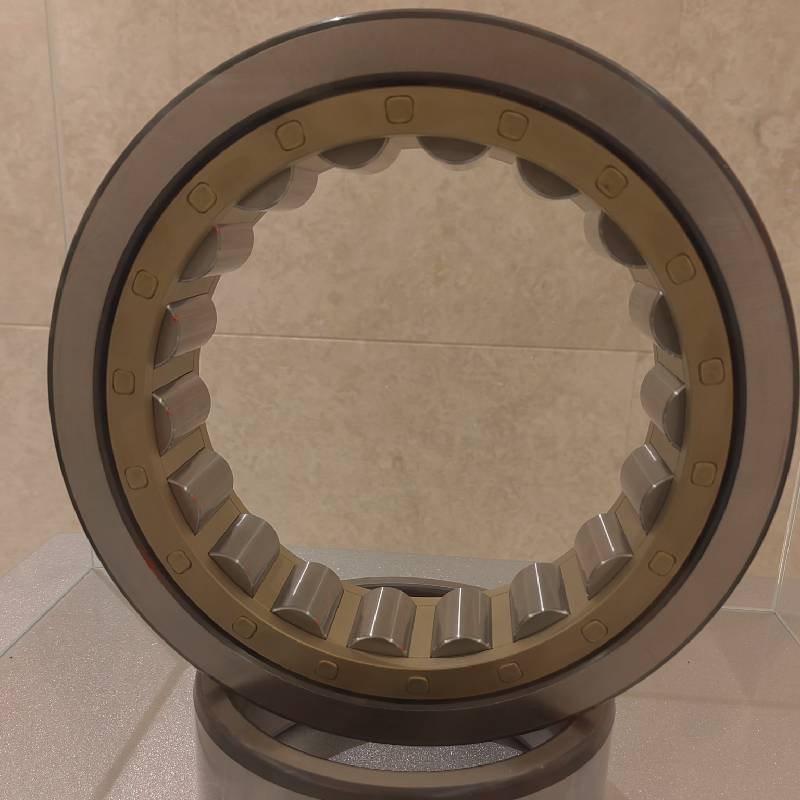
Oct . 02, 2024 10:47 Back to list
Exploring the Features and Applications of NU 307 Bearing in Mechanical Design
Understanding the Nu 307 Bearing Specifications, Applications, and Maintenance
Bearings are essential components in various mechanical systems, enabling smooth rotation and minimizing friction between moving parts. Among the myriad of bearing types, the Nu 307 bearing stands out due to its unique design and functionality. This article explores the specifications, applications, and maintenance of the Nu 307 bearing, providing you with a comprehensive understanding of this vital mechanical element.
Specifications of Nu 307 Bearing
The Nu 307 bearing is classified as a cylindrical roller bearing, which is known for its ability to handle radial loads and some axial loads. The main features of the Nu 307 include
1. Dimensions The Nu 307 bearing has an inner diameter of 35 mm, an outer diameter of 80 mm, and a width of 21 mm. These dimensions make it suitable for various applications that require robust support and stability.
2. Rolling Elements The cylindrical rollers in the Nu 307 bearing allow for a higher load-carrying capacity compared to other bearing types, such as ball bearings. This feature makes it particularly effective in heavy-duty applications.
3. Material Typically, the Nu 307 bearing is made from high-quality steel, ensuring durability and resistance to wear. Some variants may include stainless steel or other materials to enhance performance in specific environments.
4. Clearance The standard version of the Nu 307 bearing offers a normal internal clearance, which can be adjusted based on operational needs. This flexibility is crucial for applications experiencing temperature fluctuations or varying loads.
Applications of Nu 307 Bearing
The versatility of the Nu 307 bearing allows it to be utilized in various industries and applications, including
1. Automotive In the automotive sector, Nu 307 bearings are commonly found in gearboxes, engines, and differentials. Their ability to handle high radial loads and ensure smooth rotation contributes to vehicle performance and reliability.
nu 307 bearing

2. Industrial Machinery Machinery such as generators, pumps, and conveyors often employ Nu 307 bearings due to their durability and efficiency. These bearings support rotating shafts and help reduce friction, which translates to lower energy consumption.
3. Aerospace In the aerospace industry, weight and efficiency are critical. The Nu 307 bearing’s lightweight yet robust design makes it suitable for applications in aircraft and spacecraft, where performance reliability is paramount.
4. Agricultural Equipment Many agricultural machines, such as tractors and harvesters, use Nu 307 bearings to handle the mechanical stresses involved in their operation. Their strength and durability ensure that these machines perform effectively under heavy loads.
Maintenance of Nu 307 Bearing
Proper maintenance of the Nu 307 bearing is essential to prolong its lifespan and ensure optimal performance. Here are some maintenance tips
1. Lubrication Adequate lubrication is critical to reduce friction and wear. Depending on the operating conditions, different types of lubricants (oils or greases) may be used. Ensure that the lubrication is regularly checked and replenished as needed.
2. Alignment Correctly aligning the bearing during installation is crucial. Misalignment can lead to uneven wear and premature bearing failure. Regular checks for alignment should be conducted, especially after any maintenance work.
3. Inspection Routine inspections should be performed to identify signs of wear, such as discoloration, pitting, or abnormal noises during operation. Early detection of issues can prevent catastrophic failures and reduce downtime.
4. Operating Conditions Be mindful of the operating conditions, such as temperature extremes and exposure to contaminants. Working within the recommended parameters will help avoid unnecessary strain on the bearing.
Conclusion
The Nu 307 bearing is a vital component in various mechanical systems, providing reliability and efficiency across multiple industries. Understanding its specifications, applications, and maintenance practices will enable engineers and operators to utilize this bearing effectively, ensuring optimal performance and longevity. By implementing proper maintenance protocols and recognizing the bearing's capabilities, users can significantly enhance their machinery's productivity and durability.
Latest news
-
Grooved Ball Bearing Design and Functionality
NewsJun.04,2025
-
Concrete Mixer Bearing Load Capacity Testing
NewsJun.04,2025
-
6004 Bearing Dimensions in Robotic Joint Designs
NewsJun.04,2025
-
Advantages of Single-Row Deep Groove Ball Bearings
NewsJun.04,2025
-
Applications of Deep Groove Ball Bearings in Automotive Systems
NewsJun.04,2025
-
Innovations in Bearing Pressing Machine Design
NewsJun.04,2025
